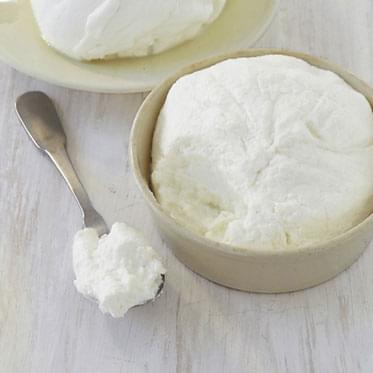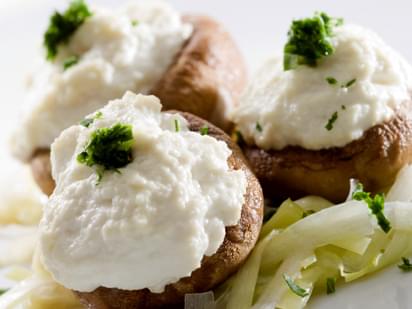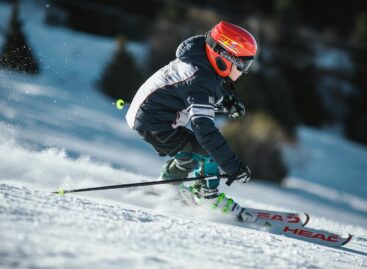The journey of the ricotta
Like other whey cheeses, it is made by coagulating the proteins that remain after the casein has been used to make cheese, notably albumin and globulin. Thus, ricotta can be eaten by persons with casein intolerance.
Ricotta (literally meaning “recooked”) uses whey, the liquid that remains after straining curds when making cheese. Most of the milk protein (especially casein) is removed when cheese is made, but some protein remains in the whey, mostly albumin. This remaining protein can be harvested if the whey is first allowed to become more acidic by additional fermentation (by letting it sit for 12–24 hours at room temperature). Then the acidified whey is heated to near boiling. The combination of low pH and high temperature denatures the protein and causes it to precipitate out, forming a fine curd. Once cooled, the curd is separated by passing through a fine cloth.
Related news
Related news
More convenient payment options and new features are coming to BudapestGO
🎧 Hallgasd a cikket: Lejátszás Szünet Folytatás Leállítás Nyelv: Auto…
Read more >Skiers can expect an average travel insurance premium of around 870 forints per day this season.
🎧 Hallgasd a cikket: Lejátszás Szünet Folytatás Leállítás Nyelv: Auto…
Read more >(HU) Elegáns és egyszerű vendégváró falat az ünnepi asztalra – A nap videója
🎧 Hallgasd a cikket: Lejátszás Szünet Folytatás Leállítás Nyelv: Auto…
Read more >






